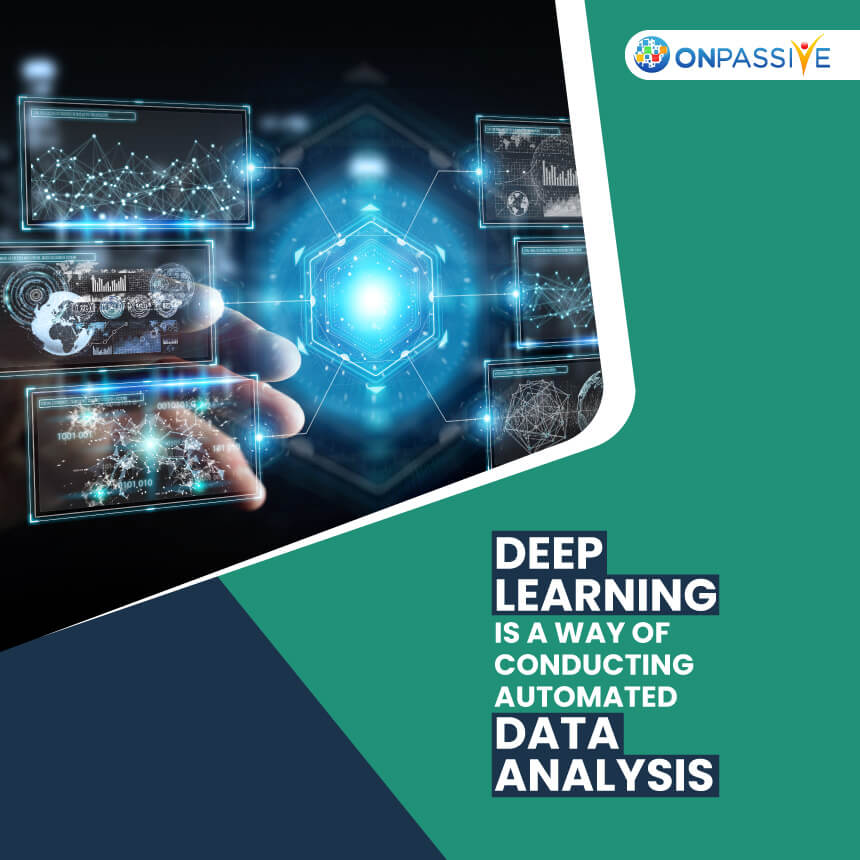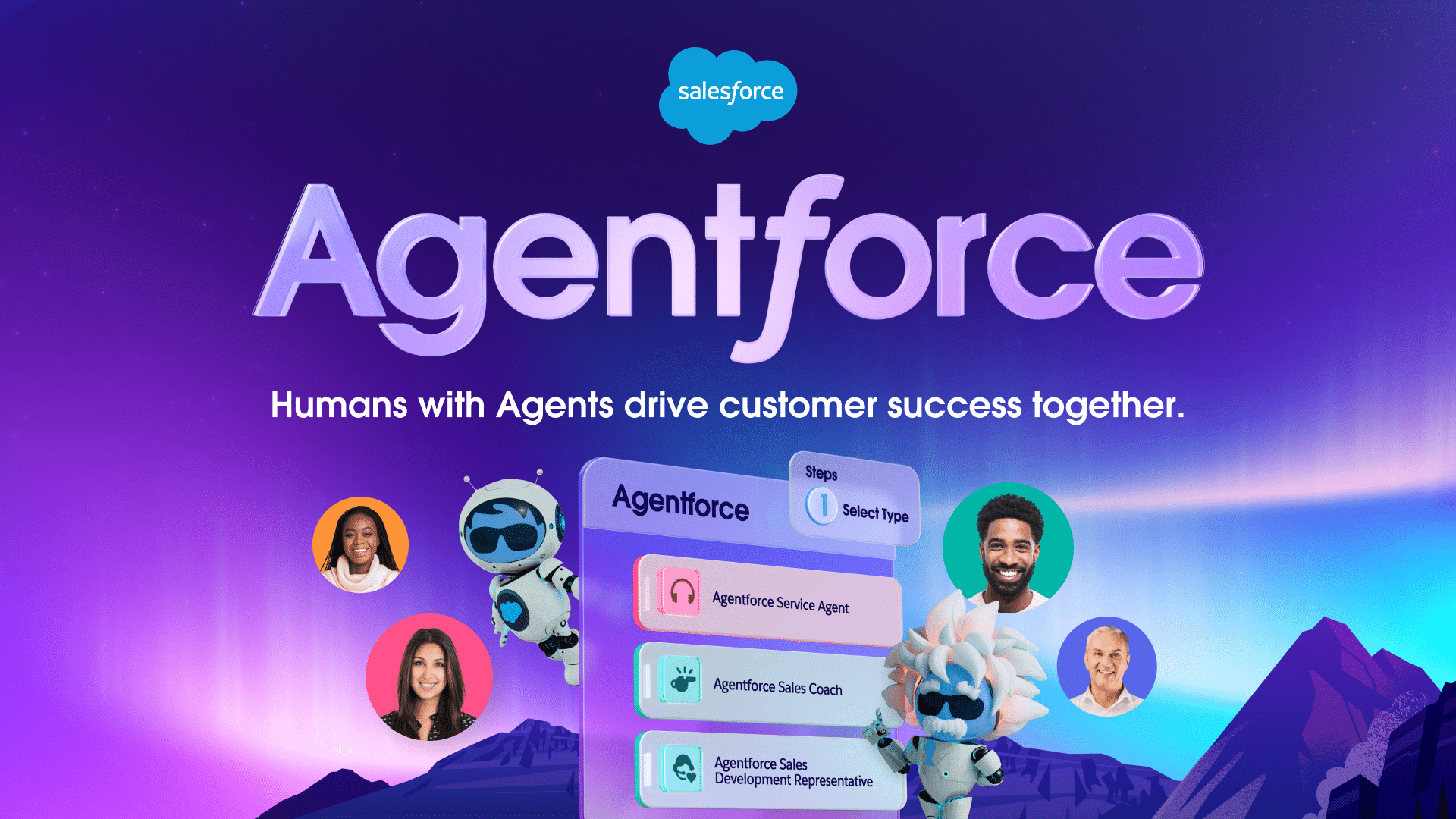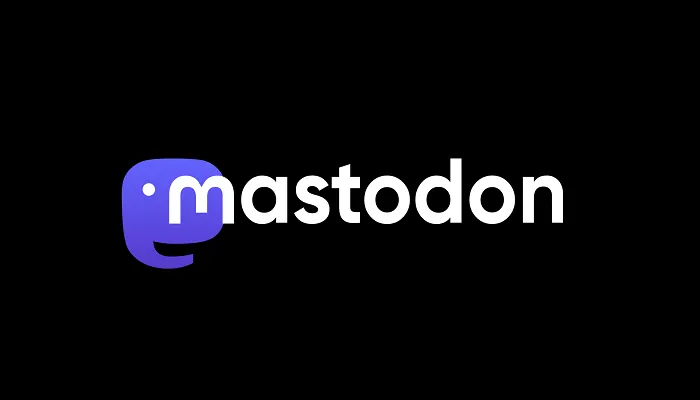Deep learning is a type of machine learning that allows computers to learn by doing, much like people do. Deep learning is a machine learning technique that enables computers to remember by instance the same way humans do. Deep learning is a critical component of self-driving automobiles, allowing them to detect a stop sign or discriminate between pedestrians and lampposts. Consumer electronics such as phones, tablets, televisions, and hands-free speakers provide voice control. Deep learning has gotten a lot of press recently, with good cause. It’s accomplishing previously unattainable accomplishments.
Using deep learning, a computer model learns to categorize tasks directly from images, text, or sound. Models are trained to utilize many labeled data and multilayer neural network topologies. Deep learning models can achieve state-of-the-art accuracy, even surpassing human performance in some cases.
Neural Networks And Deep Learning Link
Although AI has progressed rapidly in recent years, we are still a long way from brilliant machines — machines that can think and make decisions like humans do. Artificial neural networks (ANNs) may hold the key to solving this problem.
Interconnected neural networks make up the human brain. ANNs aim to imitate these networks and make computers operate like corresponding brain cells, allowing them to learn and make decisions more like humans.
Different areas of the human brain are in charge of processing different types of information, and these portions of the brain are organized in layers. As data enters the brain, each layer of neurons analyses it, gives insight, and then passes it on to the next, more senior layer. For example, your brain may go through several steps when processing the delightful smell of pizza drifting from a street café.
Deep learning refers to the number of layers in a neural network, with “deep” referring to the number of layers in a neural network. A deep learning algorithm is a neural network with more than three layers, including the inputs and outputs.
The majority of deep neural networks are feed-forward, which means they only flow from input to output in one way. Backpropagation, or moving in the reverse direction from production to information, is another way to train your model. Backpropagation allows us to compute and assign each neuron’s mistake, fine-tune and fit the algorithm accordingly.
Workplace Deep Learning Case Studies
Deep learning algorithms are employed in various industries, including automated driving and medical equipment.
Automotive researchers use deep learning to detect items such as stop signs and traffic lights. Furthermore, deep understanding is employed to recognize pedestrians, which aids in the reduction of accidents.
Deep learning is used in aerospace and defense to recognize items from satellites that pinpoint areas of interest and indicate safe and risky zones for personnel.
Deep learning is used in aerospace and defense to recognize items from satellites that pinpoint areas of interest and indicate safe and risky zones for personnel.
Cancer researchers are using deep learning to detect cancer cells automatically. UCLA researchers developed a high-dimensional data set that was used to train a deep learning application to identify cancer cells reliably.
Deep learning assists in the improvement of worker safety around heavy machinery by automatically recognizing whether individuals or objects are within a dangerous distance of the machines.
Deep learning is being used in electronics for automatic hearing and voice translation. Deep learning algorithms, for example, are used to create voice-activated home assistants that remember your preferences.
The Process Of Deep Learning
Deep learning models are sometimes called deep neural networks because most deep learning approaches use neural network designs.
The number of hidden layers in a neural network is commonly referred to as “deep.” Deep neural networks can have 150 hidden layers, whereas traditional neural networks only have 2-3.
Large sets of labeled data and neural network topologies that learn features directly from the data without the requirement for manual feature extraction are used to train deep learning models.
Let’s look at each of the Deep Learning Applications listed above.
Top Deep Learning Applications
Virtual Assistants
Virtual Assistants are cloud-based programs that understand natural language voice commands and carry out users’ requests. Each time a command is given to the assistant, it provides a better user experience based on previous Deep Learning algorithms experiences. Amazon Alexa, Cortana, Siri, and Google Assistant are just a few examples of virtual assistants. They need internet-connected devices to work to their total capacity.
Chatbots
A chatbot is an AI technology that allows users to converse online via text or text-to-speech. It is capable of speaking and acting in a human-like manner. Chatbots are commonly employed in customer service, social media marketing, and client instant messaging. It responds to user inputs with automated responses. It generates many forms of reactions using machine learning algorithms and deep learning techniques. In a handful of seconds, chatbots can resolve client difficulties.
The following primary deep learning application is in the field of medicine.
Self-Driving Cars
Pittsburg’s Uber Artificial Intelligence Labs focuses on making driverless cars more commonplace and integrating intelligent features such as food delivery possibilities with autonomous vehicles. Autonomous driving is primarily based on deep learning. A million data sets are loaded into a system to create a model, train the machines to learn, and evaluate the outcomes in a secure setting. Deep learning algorithms use a regular cycle of testing and implementation to ensure safe driving as they are exposed to millions of scenarios. The handling of unforeseen events is a crucial concern for independent vehicle developers.
Data from cameras, sensors, and geo-mapping assists in developing concise and complex models for navigating through traffic, identifying paths, signage, pedestrian-only routes, and real-time traffic volume and road blockages. According to Forbes, MIT is working on a new technology that will allow self-driving cars to navigate without using a map, as 3-D mapping is still limited to high-traffic regions and is ineffective in preventing collisions.
Natural Language Processing
Understanding the complexity of languages, such as syntax, semantics, tonal nuances, expressions, and even sarcasm, is one of the most challenging jobs for humans to master. Humans develop suitable answers and a personalized form of expression for every event due to constant training since birth and exposure to various social settings. Deep Learning-based Natural Language Processing aims to attain the same goal by teaching machines to recognize linguistic nuances and formulate suitable answers.
Deep learning is gaining traction in subsets of natural language processing such as answering questions, language modeling, text classification, twitter analysis, and sentiment analysis at a general level. A document summarising is frequently utilized and tested in the legal field, rendering paralegals obsolete. Previously, time-consuming, complicated models were built using logistic regression or SVM. Still, today distributed representations, convolutional neural networks, recurrent and recursive neural networks, reinforcement learning, and memory augmenting techniques are assisting in NLP maturity.
Visual Recognition
This deep learning algorithm can distinguish you among a crowd of other people in a photo. Assume you’ve decided to sort through many pictures to find someone’s or your own. I understand that cataloging such photographs could take hours or even days, depending on the number of images. With deep learning-based image recognition, you can accomplish this fraction of the time. Isn’t that flawless? This app works the same way that smart-face-lock does on today’s smartphones.
Fraud Detection
Fraud prevention and detection are based on spotting patterns in consumer transactions and credit scores, and anomalies and outliers. Another subject that benefits from Deep Learning are banking and finance, which is faced with the job of fraud detection as money transactions become more computerized. Autoencoders in Keras and Tensorflow are being created to detect credit card fraud, saving financial institutions billions of dollars in recovery and insurance costs. Machine learning techniques such as classification, regression, and neural networks are used for fraud detection. While machine learning is mainly used to identify situations of fraud that require human intervention, deep understanding aims to reduce these efforts by scaling them.
Personalizations
Every platform is now attempting to deploy chatbots to give its visitors personalized experiences with a human touch. Deep Learning assists e-commerce behemoths such as Amazon, E-Bay, Alibaba, and others in providing seamless, tailored experiences in product recommendations, personalized packages, and discounts and spotting colossal revenue potential during the holiday season. Even in newer markets, the survey is carried out by presenting items, offerings, or plans that are more likely to appeal to the human psyche and contribute to micro-market growth.
Online self-service solutions are on the rise, and dependable procedures bring services to the internet that were previously only available in person. Robots specializing in specific tasks personalize your experiences in real-time by recommending the best services for you, whether insurance plans or bespoke burgers.
Automatic Machine Translation
How thrilling is it to extract letters from collected images? Perhaps a great deal. Yes, deep learning allows you to convert your ideas into text while saving time and work. Although they hone to reasonably high-quality images, this deep learning methodology is called instant visual translation. However, it is still in the early stages of development and may improve in the future. On the other hand, what it is now can’t be ignored because it has proven effective numerous times. Stack networks of massive LSTM (Long Short-Term Memory) recurrent neural networks are also used to stage this process.
























































![Social Media Spring Cleaning [Infographic] Social Media Spring Cleaning [Infographic]](https://imgproxy.divecdn.com/9e7sW3TubFHM00yvXe5zvvbhAVriJiGqS8xmVFLPC6s/g:ce/rs:fit:770:435/Z3M6Ly9kaXZlc2l0ZS1zdG9yYWdlL2RpdmVpbWFnZS9zb2NpYWxfc3ByaW5nX2NsZWFuaW5nMi5wbmc=.webp)
![5 Ways to Improve Your LinkedIn Marketing Efforts in 2025 [Infographic] 5 Ways to Improve Your LinkedIn Marketing Efforts in 2025 [Infographic]](https://imgproxy.divecdn.com/Hv-m77iIkXSAtB3IEwA3XAuouMwkZApIeDGDnLy5Yhs/g:ce/rs:fit:770:435/Z3M6Ly9kaXZlc2l0ZS1zdG9yYWdlL2RpdmVpbWFnZS9saW5rZWRpbl9zdHJhdGVneV9pbmZvMi5wbmc=.webp)












